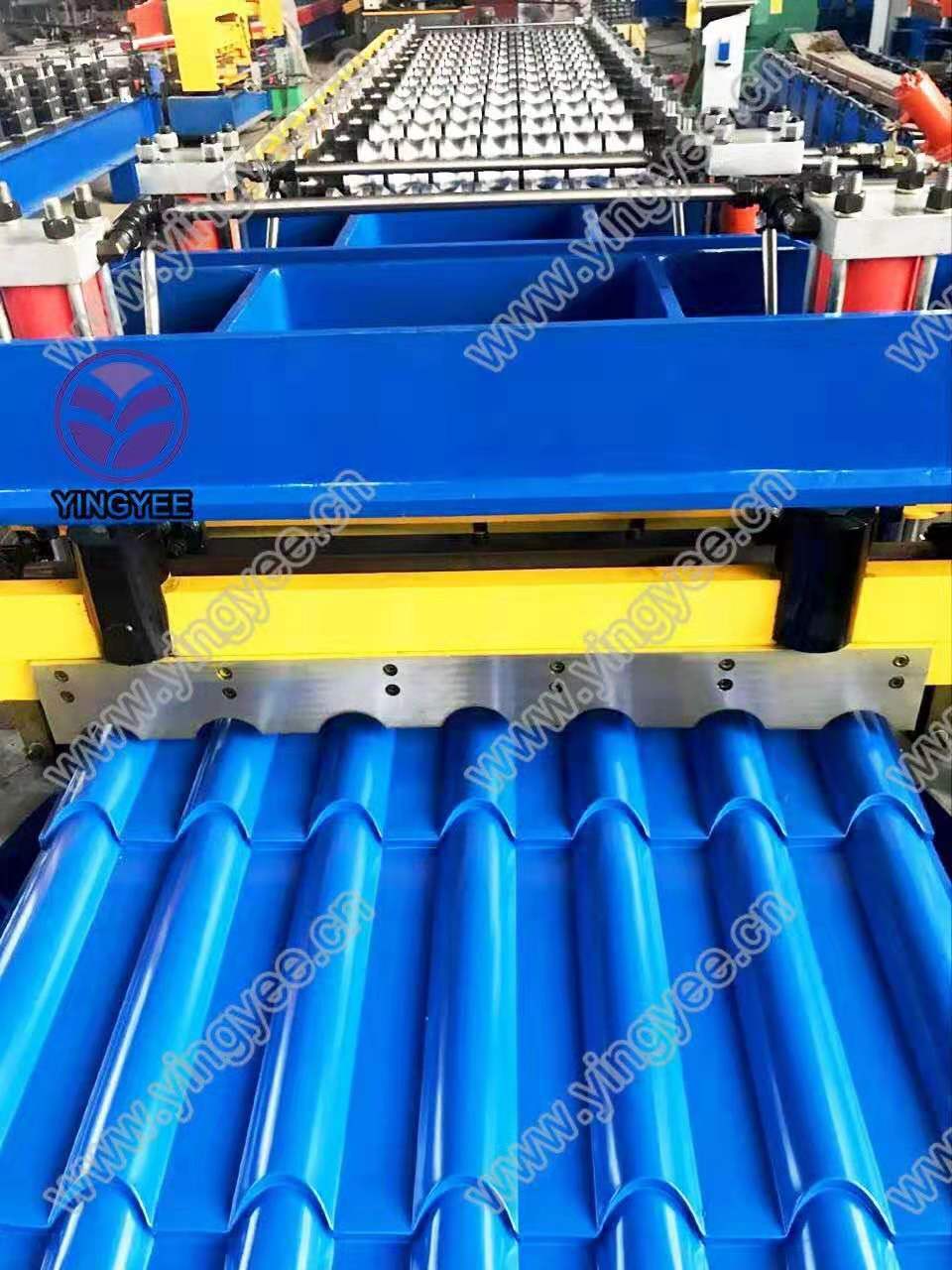High Precision Straightening and Leveling Machines An Overview
In the realm of metalworking and manufacturing, the importance of precision cannot be overstated. Among the various machines that contribute to achieving high levels of accuracy in metal fabrication, high precision straightening and leveling machines play a crucial role. These machines are specifically designed to rectify warped or bent materials and ensure that metal sheets, plates, and other components meet stringent dimensional tolerances required in various applications.
The Functionality of Straightening and Leveling Machines
High precision straightening and leveling machines operate on the basic principle of applying controlled pressure to the material, allowing it to regain its intended flatness and straightness. The machines can process a wide range of materials, including aluminum, steel, and other metals. The technology employed in these machines includes hydraulic systems, rollers, and mechanical arms that work in unison to achieve the desired straightness.
These machines are equipped with advanced sensors and controls that allow operators to monitor the process in real-time, ensuring that each piece meets the desired specifications. The integration of computerized systems enhances the machine’s ability to perform repetitive tasks with remarkable consistency, making it indispensable in high-volume production environments.
Applications Across Industries
Straightening and leveling machines find applications across various industries, including automotive, aerospace, construction, and heavy machinery. In the automotive industry, for instance, precision is critical for the performance and safety of vehicles. Components such as chassis and body panels must be straightened to fit seamlessly during assembly. Similarly, in aerospace manufacturing, any deviation in metal components can lead to significant safety risks, making high precision essential.

In construction, materials like steel beams and sheets must be leveled to ensure structural integrity. High precision machines facilitate this process, allowing for quicker project completion and enhanced safety standards. The ability to provide a flat and straight finish reduces wastage in material handling and enhances the overall quality of the final product.
Advantages of High Precision Machines
The primary advantage of employing high precision straightening and leveling machines is the significant improvement in product quality. Components that are flat and straight not only fit better but also exhibit enhanced performance characteristics. Furthermore, the reduction in waste material translates to lower production costs, which is a significant factor in highly competitive markets.
Additionally, these machines increase production efficiency. The automation of the straightening and leveling process means that manufacturers can produce more items in less time, ultimately boosting their profitability. Moreover, with the ability to handle various materials and thicknesses, companies can diversify their offerings without the need for extensive reconfiguration of their machinery.
Conclusion
In summary, high precision straightening and leveling machines are essential tools in modern manufacturing processes. Their ability to rectify material imperfections while ensuring adherence to strict dimensional standards makes them invaluable across numerous industries. As technology continues to advance, we can expect these machines to evolve further, incorporating even more sophisticated controls and features that enhance their performance and efficiency. For manufacturers committed to quality and precision, investing in these machines is a strategic move that yields long-term benefits.